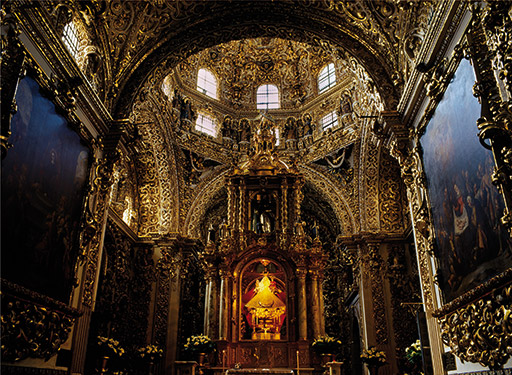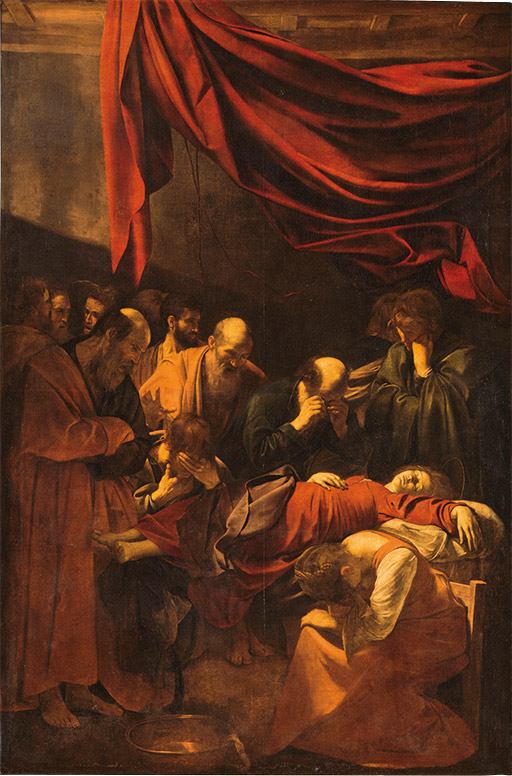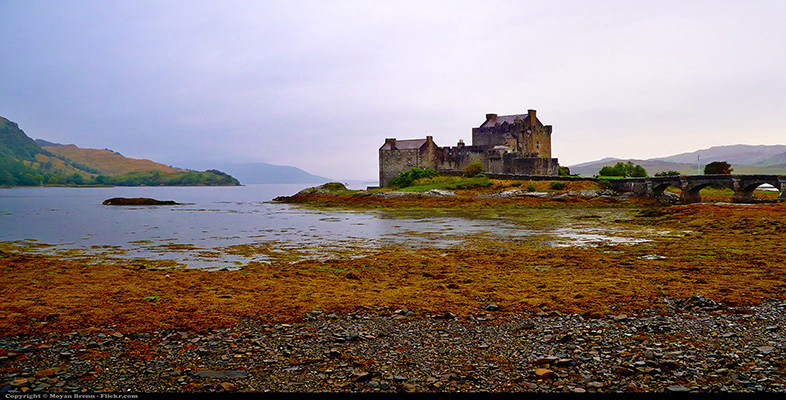Bürger’s functions of art: the sacral
To chart what these conceptual shifts meant in practice, we can borrow the categories elaborated by the cultural theorist Peter Bürger (1984, pp. 47–8), who outlines a long-term shift away from the functions that art traditionally served. (Bürger defines each category in terms of its function, production and reception. I am simplifying here by focusing on function.) Such functions continued to play an important role after 1600, especially in the seventeenth century, when academies were rare outside Italy and many artists still belonged to guilds. As in the medieval period, the primary function was religious (or, in Bürger’s terminology, ‘sacral’). The so-called Counter Reformation gave a great boost to Roman Catholic patronage of the arts, as the church sought to renew itself in the aftermath of the Protestant Reformation. It was in this context that the word ‘propaganda’ originated; it can be traced back to 1622 when Pope Gregory XV (reigned 1621–23) founded the Congregazio de Propaganda Fide (Congregation for the Propagation of Faith) in Rome. The commitment to spreading the faith that this organisation embodied helped to shape art not just in Europe but in every part of the world reached by the Catholic Missions, notably Asia and the Americas, throughout the period explored here (Figure 7). The churches that rejected the authority of Rome also played a role in supporting ‘sacral art’, primarily architecture since their use of other art forms was limited by Protestant strictures against ‘Popish’ idolatry (see for example Levy, 2004; Bailey, 1999; Haynes, 2006). Even in Catholic countries, however, the religious uses of art slowly declined relative to secular ones. The seventeenth century is the last in western art history in which a major canonical figure like the Italian painter Michelangelo Merisi da Caravaggio (1571–1610) might still be a primarily religious artist (Figure 8).


